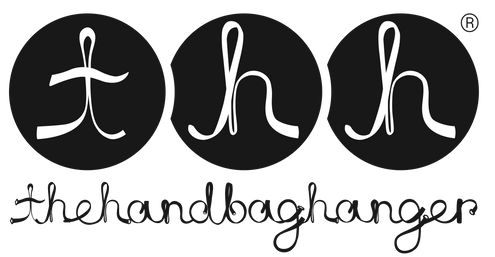With fashion designers always keen to reach new audiences, it’s no wonder that there’s currently a significant trend towards incorporating big company logos into fashion pieces. The idea is that it not only appeals to fashion tragics, but also piques the interest of many who are not traditionally customers of (or even interested in), luxury fashion. Given my previous life in Advertising, the power of a great brand is not lost on me.
There are many Designers elevating ordinary emblems of mass consumerism to extraordinary heights; and it’s this juxtaposition of the ordinary with high end that I find most interesting.
Whilst Warhol’s 1962 ‘Campbell’s Soup Cans’ made waves as a commentary on post-war consumerist society, today’s fashion creatives are complicit.
At Moschino, they’ve played with corporate identities such as Barbie, McDonald’s and Cheetos for years now. And last year, Alexander Wang installed outposts of McDonald’s and 7-11 at his New York fashion week parties, whilst just this September a crystal-studded box was created to launch one of McDonald’s ‘luxury’ burgers by designer, Julien Macdonald (yep, that’s really his surname, I kid you not).

Above: Julien Macdonald's crystal-studded box for Maccas.


Above. Top: Moschino's McDonald's bag. Bottom: Moschino's Barbie t-shirt.
Anya Hindmarch, who famously appropriated the logos of mundane British household brands such as Boots, John Lewis and Kellogg’s and elevated them to high fashion says: “I think I think there’s something funny about something [that is] every day that you know so well, but see through a twisted fashion optic…” and in return the brands are “thrilled at the awareness it [gives] their brand in a different and highly visible market”.

Above: Anya Hindmarch's cereal handbags.
The “Boots” boots Hindmarch created were even acquired by the Boots family for their private art collection, she points out. “I like the feeling it gives,” she adds. “You respond to it differently because there is already a preconceived idea that you can play with.”

Above: Anya Hindmarch's 'Boots' boots.
And taking it a step further, Balenciaga did an incredible job of taking a mass consumer staple and turning it itself into a high fashion, high demand piece. Its $2,000+ interpretation of the iconic Ikea $1 blue carrier bag (Frakta) sold out almost immediately after launch. The value of the design in this case was not only measured by dollar sales, but also by the media and social media buzz/impressions it achieved. Quite staggeringly, it’s estimated that it earned media value of around $2.5 million from January to September this year; however, it also reached a substantially wider audience, roughly 116 million, through non-fashion and mainstream media; media that’s often difficult to get a run in with a pure fashion story.


Above at Top: Balenciaga's Frakta-esque large tote. Above at Bottom: Ikea's Frakta bag.
What I really love about this story is the fun Ikea had with it too; marketing genius. With the jokes swirling at the time of Balenciaga’s launch, particularly focused on the difference in pricing between the two bags; Ikea created a print ad titled: “The Original”. The ad included text explaining how to spot a real Frakta bag (as opposed to the imitation Balenciaga version). The copy read as follows:
- Shake it. If it rustles, it’s the real deal.
- Multifunctional. It can carry hockey gear, bricks, and even water.
- Throw it in the dirt. A true Frakta is simply rinsed off with a garden hose when dirty.
- Fold it. Are you able to fold it to the size of a small purse? If the answer is yes, congratulations.
- Look inside. The original has an authentic Ikea tag.
- Price tag. Only $0.99.

Above: Ikea's response ad.
But it didn’t end there. No, on it went. In response to marketing genius of ‘The Original’ ad, there was an explosion of blue Frakta items. The first big splashy response was a blue plastic baseball cap, made by streetwear labels Chinatown Market and Pleasures.

Above: Pleasures and Chinatown Market's Ikea Frakta cap.
From there it was off and running with the bag’s plastic material and web straps being used as the foundation for a thong, corset, hoodie, face mask and footwear. No doubt, even as we speak, the bag is being used as a bedspread!




Above: Just some of the many Frakta tribute items created and posted to Instagram following the launch of Balenciaga's blue tote.
So the moral of the story (not that there needs to be one), is that the one thing that never changes, and that always endures is the power of a brand (oh, and if you see an opportunity to do some topical marketing for your product, go for it; more often than not It'll be a winner).
